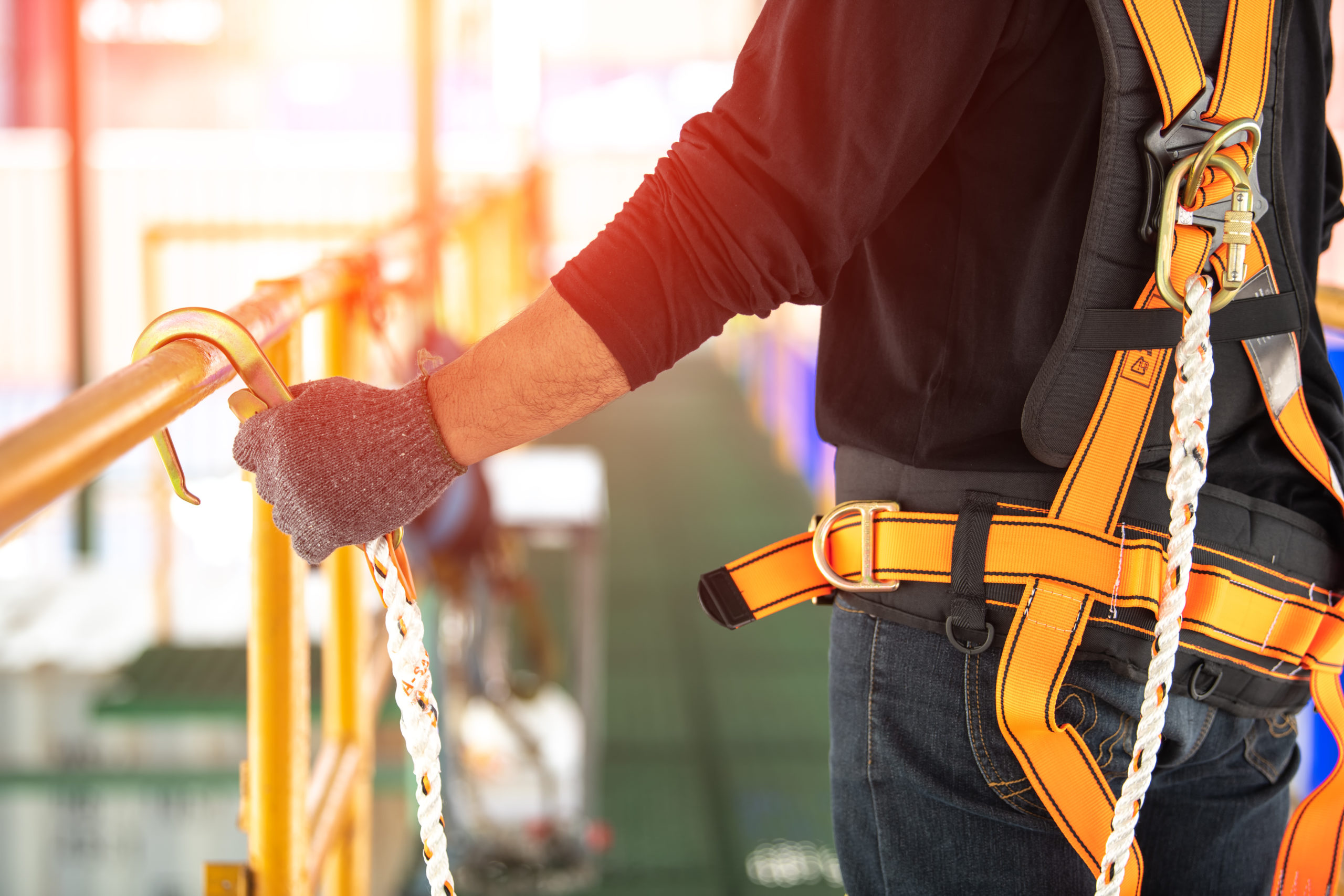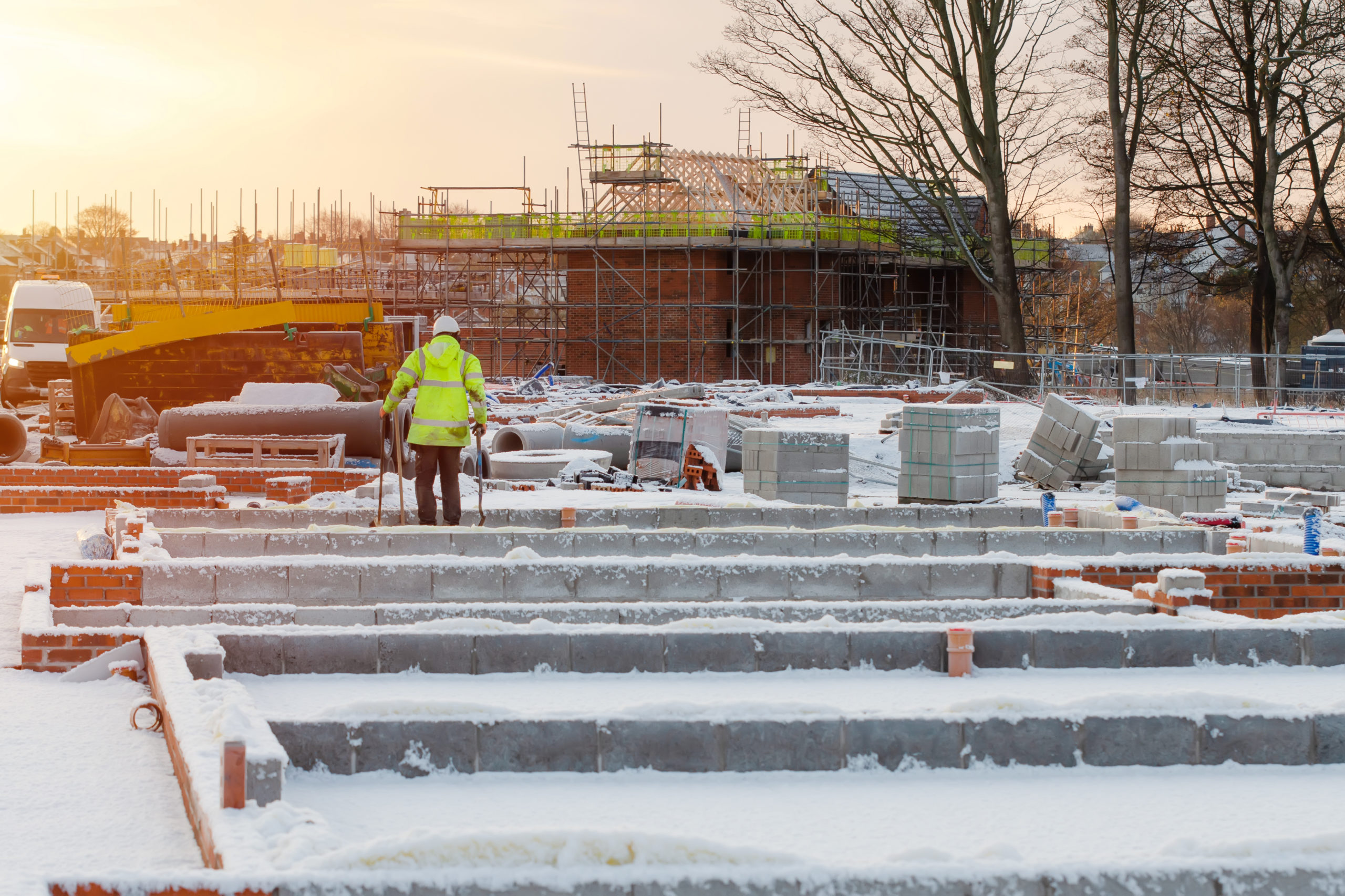Construction sites pose inherent risks to workers due to the nature of the job and the potential hazards involved. One of the most critical areas of concern is fall protection. Falls from heights continue to be a leading cause of injuries and fatalities in the construction industry. Ensuring the safety of workers at heights is not only a legal obligation but also a moral one.
The Gravity of the Situation: Why Fall Protection Matters
Saving Lives
First and foremost, fall protection is about saving lives. According to the CDC website, each year, roughly 300–400 construction workers fall to their deaths, most often while working at heights on roofs, ladders, and scaffolds.1 By implementing effective fall protection measures, you prevent tragedies and protect the well-being of your workforce.
Preventing Injuries
Even non-fatal falls can lead to serious injuries, ranging from broken bones to head injuries and spinal damage. These injuries cause pain and suffering to workers, potentially resulting in medical expenses, worker compensation claims, and lawsuits.
Legal Compliance
Non-compliance can result in severe penalties and legal consequences for your company. In fact, fall protection remains the top citation for the 13th year in a row on OSHA’s Top 10 Frequently Cited Standards list.2
Key Components of Fall Protection
Guardrails and Barriers
Guardrails and barriers are fundamental components of fall protection systems in construction. They are physical structures that serve as protective boundaries along edges, open-sided floors, and roof perimeters. Properly installed guardrails provide a sturdy and continuous barrier that helps prevent workers from accidentally walking off ledges or elevated surfaces.
Personal Protective Equipment (PPE)
Equipping workers with appropriate PPE, including harnesses, lanyards, and helmets, is essential. Ensure proper anchorage points, such as anchor straps, D-rings, or lifeline connectors, are used to secure a worker’s lifeline or lanyard. They must be capable of supporting the intended loads.
Training and Education
The effectiveness of fall protection equipment relies heavily on proper training and education. Ensure that your workers are well-educated on the use of fall protection equipment, as well as the recognition and avoidance of fall hazards. Regular safety training and refresher courses are vital.
Safety Nets
Safety nets serve as a secondary line of defense against falls. They are installed below elevated work areas and can arrest a fall by cushioning the impact and preventing a worker from hitting the ground. Regular inspection and maintenance are essential to ensure safety nets are in good condition and capable of performing their function.
Frequent Inspections
Regular inspections of fall protection systems are necessary to identify wear and tear, damage, or malfunctions. These inspections ensure that equipment is in working order and safe to use.
Investing in Proper Fall Protection
Fall protection is not an area where cost-cutting is advisable. In fact, investing in robust fall protection measures is an investment in your company’s future. By prioritizing fall protection, construction companies can protect their most valuable asset – their workers – and create a safer workplace environment.
References:
- https://blogs.cdc.gov/niosh-science-blog/2022/04/13/falls-campaign-2022/
- https://www.nsc.org/newsroom/osha-reveals-top-10-safety-violations-at-nsc-congr
If you have questions, contact us today to speak with a safety consultant near you. Our team provides construction companies of all sizes and trades with site safety audits, and health and safety training. For continuous project safety compliance and support, we have Site Safety and Health Officers available.
Call (866) 222-4972 or send us a message below!
 ">
">

 ">
">
 ">
">